Blacks account for nearly half of all NYC arrests 6 years after end of stop-and-frisk: NYPD data
Blacks make up about 24% of the population in New York City.
As the novel coronavirus tightened its deadly grip on New York City in the spring, police went on a social distancing crackdown.
Instead of the move sending a message about the importance of preventing the spread of the contagion, it served to inflame racial tensions due to the demographics of the arrestees.
Under pressure from angry politicians and community members, the New York Police Department (NYPD) released data that activists say bolstered accusations of minorities being targeted once again by an uneven-handed law enforcement program.
Of the 125 "COVID-19 related" arrests between March 16 and May 10, 68% were Black, 24% were Latino and just under 7% were white, according to the NYPD Data. NYPD Commissioner Dermot Shea disputed the notion that his officers were engaged in racist policing, saying those accusations “could not be anything further from the truth.”
While the sampling of the social distancing arrests is small, critics calling for equality in the way the NYPD goes about enforcing laws say it's indicative of numbers that have refused to budge despite decades of police reforms and talk of more revisions. And activists say it points to an issue that communities across the country are grappling with in the wake of George Floyd's death -- uneven policing that disproportionately impacts people of color.
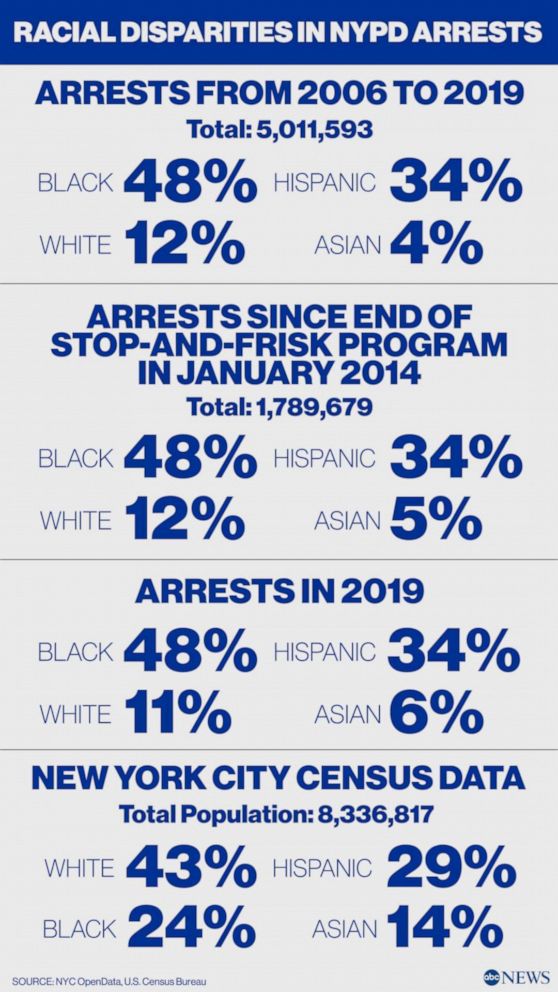
Not only did New York City become the U.S. epicenter of the pandemic, it became a flashpoint of protest in the aftermath of Floyd's killing even as Mayor Bill de Blasio and other leaders touted New York in recent years as a national model for how a diverse and liberal city can make police reform a top priority.
In the six years since New York City ended its controversial stop-and-frisk program -- a police practice intended to drive down crime but was deemed by a federal judge to be unconstitutional "indirect racial profiling" -- the number of arrests has fallen by nearly half. Yet, Blacks still comprise about 50% of those taken into custody annually, according to records from America's largest municipal police force.
While some critics of stop and frisk hoped its eradication would be the beginning of the end of racial disparities in law enforcement, an ABC News examination of arrests reported to the NYC OpenData website shows that apparently hasn't come to fruition.
Between Jan. 1, 2014, when stop and frisk effectively ended, and Dec. 31, 2019, Blacks have comprised 48% of the nearly 1.8 million arrests made by the NYPD, while Hispanics comprised 34% of the arrests and whites accounted for 12%, according to the data. The statistics in the five-year period show that the most arrests, 281,258, were made for dangerous drugs, while 208,849 were for misdemeanor assault and another 90,097 were for felony assault.
"There are other just as nefarious, just as racially-biased practices that have filled the void. Unless you're really going to start at the roots of the problem, you’re going to end up in the same place," said Ann Mathews, managing director of the criminal defense practice for The Bronx Defenders, a city public defenders office. "We may be seeing lower arrest numbers, but the way those arrests are happening, who’s being arrested, how they are being arrested, how the police are targeting for arrests, that’s really unchanged. There has not been a sea change in the way the NYPD approaches policing."
At the height of stop-and-frisk in New York City in 2011, police made 412,859 arrests. Blacks accounted for 202,284 of those suspects arrested, or 49%, while 139,363 Hispanics were arrested, or 34%, and the 50,925 white suspects accounted for 12% of the arrests. The most arrests in that year, 103,835, were for dangerous drugs, followed by 36,112 for misdemeanor assault.
Since 2011, the number of arrests in New York City has fallen annually from 396,280 in 2012 to 214,617 in 2019. But the racial breakdown on arrestees remains consistent, the data shows.
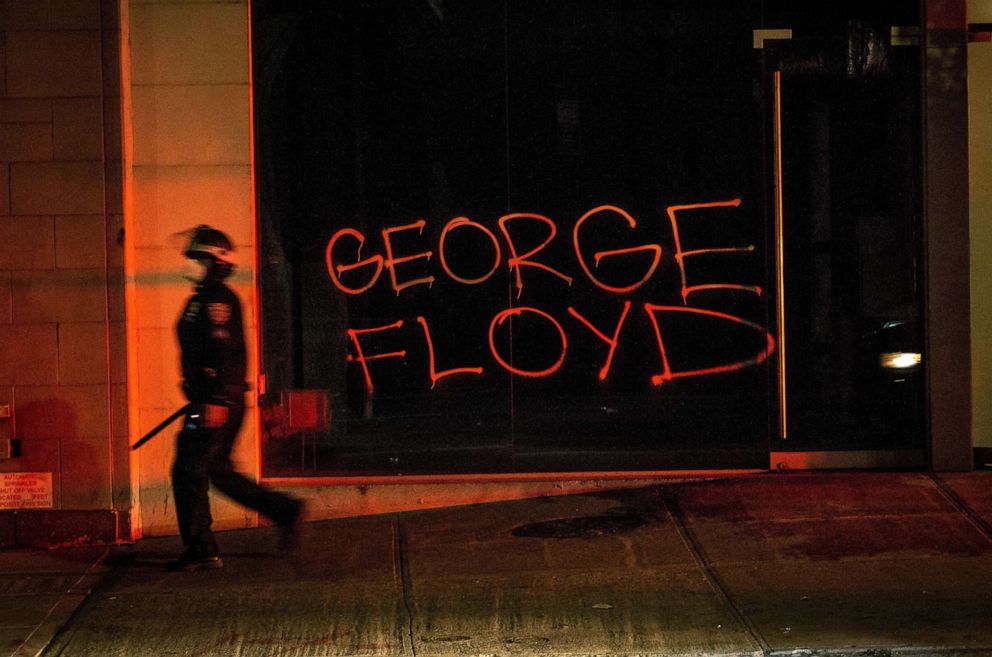
In 2019, Blacks, while comprising 24% of the total New York City population of more than 8.3 million, still accounted for 48% of those arrested. Meanwhile, whites, who make up 43% of the population, accounted for 11% of the arrests; Hispanics, who account for 29% of the population, made up 34% of the arrests; and Asians, who account for 14% of the population, comprised 6% of the arrests, according to the data.
Data from 2020, shows that as of March 31 the NYPD had made 44,824 arrests. Of those arrested, 49% were Black, 32% were Hispanic and 11% were white.
Asked by ABC News about the apparent disparities in its arrest data, the NYPD denied that its anti-crime policies are targeting Blacks and Hispanics.
"The NYPD enforces the law fairly and equally and works tirelessly every day to keep every resident and every neighborhood safe," Sgt. Mary Frances O'Donnell, an NYPD spokesperson, said in a statement to ABC News. "The NYPD is committed to ongoing criminal justice reform that balances public safety, investigations and the ability to bring justice for New Yorkers who are victimized."
John DeCarlo, chairman of the Department of Criminal Justice at the University of New Haven's Henry C. Lee College of Criminal Justice and Forensic Sciences, told ABC News that while he does not believe police target people for arrest based on race, he said officers often find themselves enforcing "overreaching laws" passed by legislatures that end up being biased against residents of economically disadvantaged communities.
"In many of the poorer communities, there's a higher minority representation. So what happens is cops come in contact with minority communities that really need not necessarily police services but other kinds of services. They need counselors, they need ways to solve problems that we all have but they don't have the wherewithal to use because of economic restrictions," DeCarlo, the former police chief of Branford, Connecticut, told ABC News.
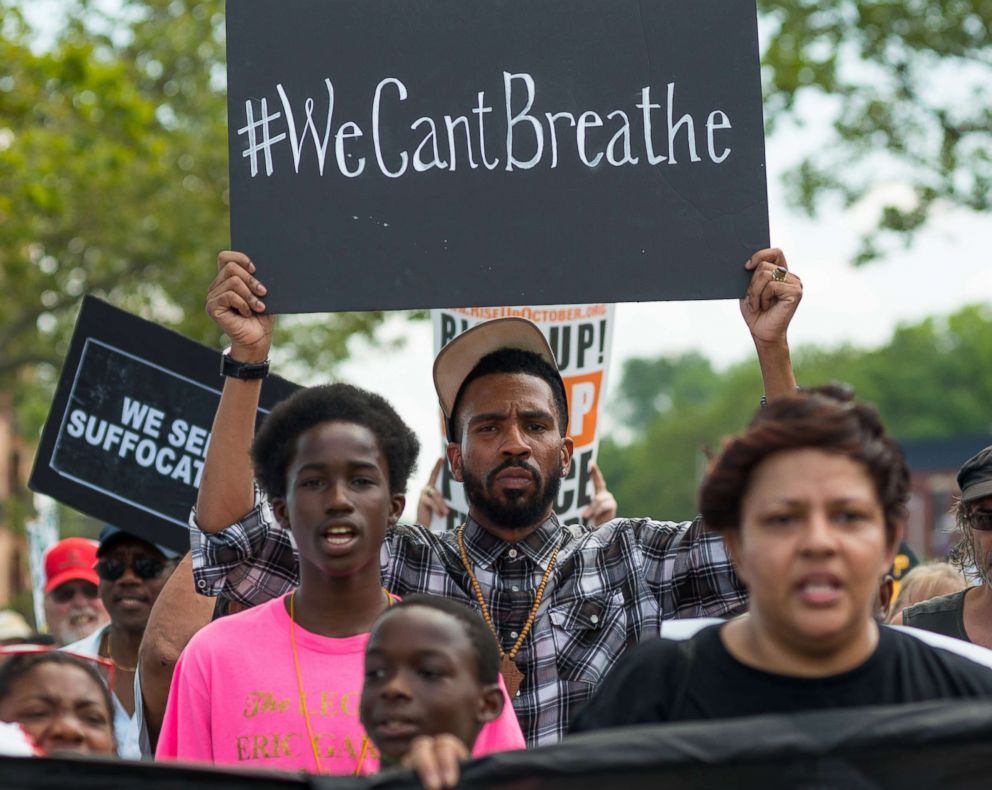
He noted that Eric Garner "lost his life basically because of an overreaching law." Garner, a 43-year-old Black man, died in July 2014 when an NYPD officer placed him in a banned chokehold after plainclothes police attempted to arrest him for allegedly selling untaxed cigarettes.
“I’m not being an apologist for bad policing in any way, but I think that we make laws very often and we ask cops to enforce laws that may be biased toward economic status," DeCarlo said.
'Seismic shift' in policing
NYPD Commissioner Shea hailed the disbanding of the police department's plainclothes Anti-crime Unit this month as a "seismic shift in the culture of how NYPD polices this great city." While the elite unit was credited with taking numerous guns off the streets, it became a symbol of the aggressive police tactics and officer-involved shootings that protests sweeping New York and the nation keep railing against. The unit also had a disproportionate number of complaints against it registered with the Civilian Complaint Review Board, an independent police watchdog group empowered to investigate grievances filed against NYPD officers and recommend disciplinary action.
"I would consider this in the realm of closing one of the last chapters of 'Stop, Question and Frisk,'" Shea said. "I think it's time to move forward and change how we police in this city. We can do it with brains. We can do it with guile. We can move away from brute force."
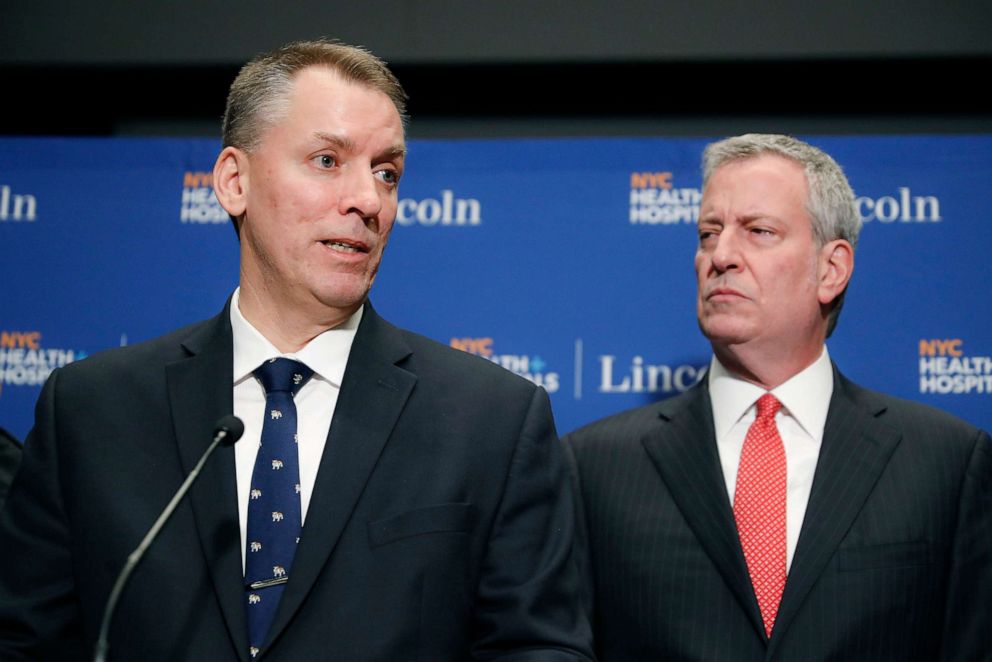
On Friday, de Blasio said he supports Shea's decision, explaining that the NYPD can replace the Anti-crime Unit with technology, precision policing and "not have the negative of some of the concerns that have been raised by the community."
He also praised Shea's swift action by suspending without pay an officer caught on video this month using a banned chokehold on Ricky Bellevue, a 35-year-old Black man who had allegedly been heckling him and his colleagues. The officer, David Afanador, allegedly had to be pulled off Bellevue by a colleague.
Afanador has since been charged with felony strangulation and attempted strangulation. He has pleaded not guilty.
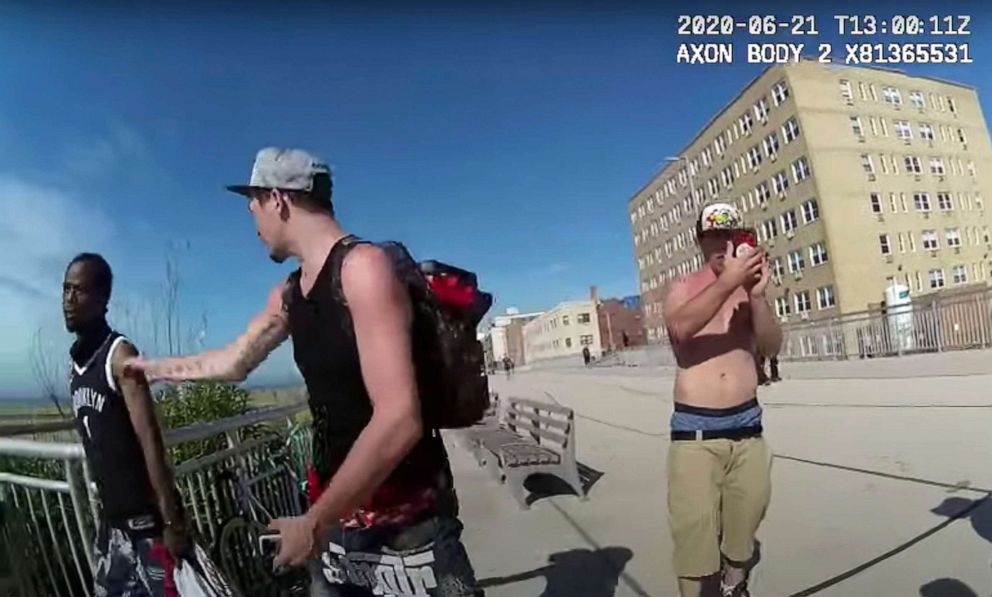
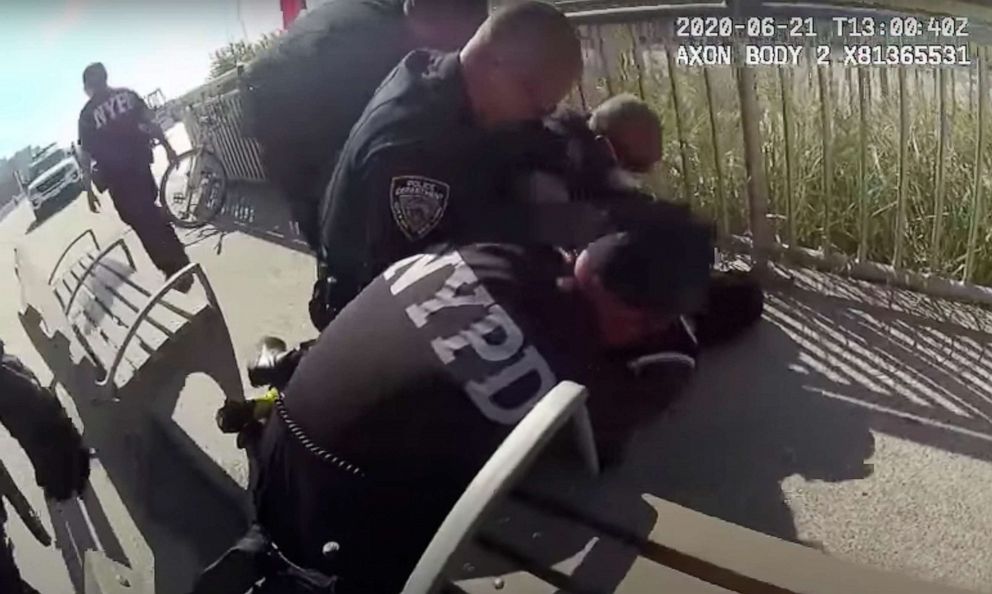
"That's the way things need to be: fast, clear disciplinary process, clear accountability. That's what we'll do going forward," said de Blasio, who has made a commitment to cutting the NYPD budget and redistributing those funds to community-based nonprofit youth and social services programs.
Bellevue's sister-in-law, Judith Ceno, said at a news conference on Friday that Bellevue was so traumatized by the incident he's checked himself into a hospital for a mental evaluation.
Socioeconomic effects on the arrest rate
In the aftermath of the May 25 police-involved death of George Floyd, a handcuffed Black man who died after a white Minneapolis police officer, Derek Chauvin, knelt on the back of his neck -- an incident captured on video -- protests and violence have broken out across the country. Fueled by numerous accounts of police disproportionately arresting or using deadly force on Black citizens, demonstrators have demanded police departments reform their use-of-force policies and have pushed to defund law enforcement agencies.
"The movement, in general, is needed to awaken so many minds to the systemic racism that's been happening for years," Lizzy Ashleigh, a member of the Black Lives Matter movement from Brooklyn, New York, told ABC News following the death of Rayshard Brooks, a Black man who was fatally shot in the back by a white Atlanta police officer.
On June 12, Brooks was found allegedly asleep in his car in a Wendy's drive-thru. He was about to be arrested for drunken driving when, during a scuffle, he grabbed an officer's stun gun and ran, deploying the device at an officer chasing him but missing, according to police body-camera and surveillance video released by prosecutors. As the 27-year-old Brooks continued to run, an officer, Garrett Rolfe, opened fire with his handgun, hitting him twice in the back and then allegedly kicking Brooks as he lay dying on the ground, according to prosecutors.
Like Chauvin, Rolfe was fired from the police department and charged with murder.
"In the same respect where so many Black people have been saying for so long, ‘Hey, we’ve told you that we’ve suffered more abuse at the hands of police than our white counterparts,' society is finally realizing that by virtue of seeing these videos," Kirk Burkhalter, a professor at New York Law School and a former NYPD detective, told ABC News.
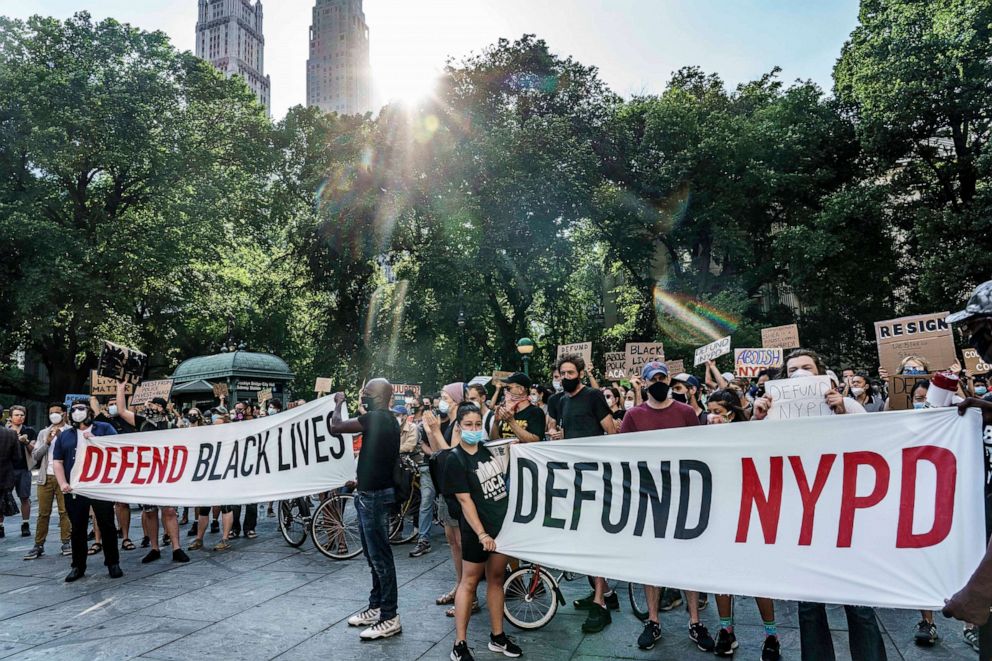
Burkhalter said the NYPD arrest data mirrors that of large police departments across the county and "has been another long cry of the Black community that Black Americans are more likely to be arrested generally than white Americans."
An analysis by ABC News of arrest data voluntarily reported to the FBI by thousands of city and county police departments around the country reveals that, in 800 jurisdictions, Blacks were arrested at a rate five times higher than white people in 2018, after accounting for the demographics of the cities and counties those police departments serve.
In 250 jurisdictions, Black people were 10 times more likely to be arrested than their white counterparts.
“The root of the problem is more of a socioeconomic problem than a crime problem," said Burkhalter, who retired from the NYPD in 2004 after a 20-year career.
Burkhalter noted that the bulk of the arrests that have occurred in New York City have been in the poorest communities, where educational, health and social service resources are lacking.
5 million arrests in 13 years
Of the more than 5 million arrests the NYPD made between 2006, the earliest year the NYC OpenData base goes back to, and 2019, the most recent data, most were made in economically disadvantaged neighborhoods in New York. Of the 10 New York City police precincts that recorded the most arrests during the 13-year span, seven were in predominantly minority, lower-income neighborhoods in the Bronx and Brooklyn.
"Those folks also tend to rely more on 911 because that is their only resource," Burkhalter said. "Say I’m an investment banker and I live on the Upper East Side [of Manhattan] in a really nice neighborhood. If I have an issue with my spouse or an issue with my child, their first inkling is not to call 911. They’ll involve some type of private entity, a social worker, a psychologist, a counselor, whatever the case.
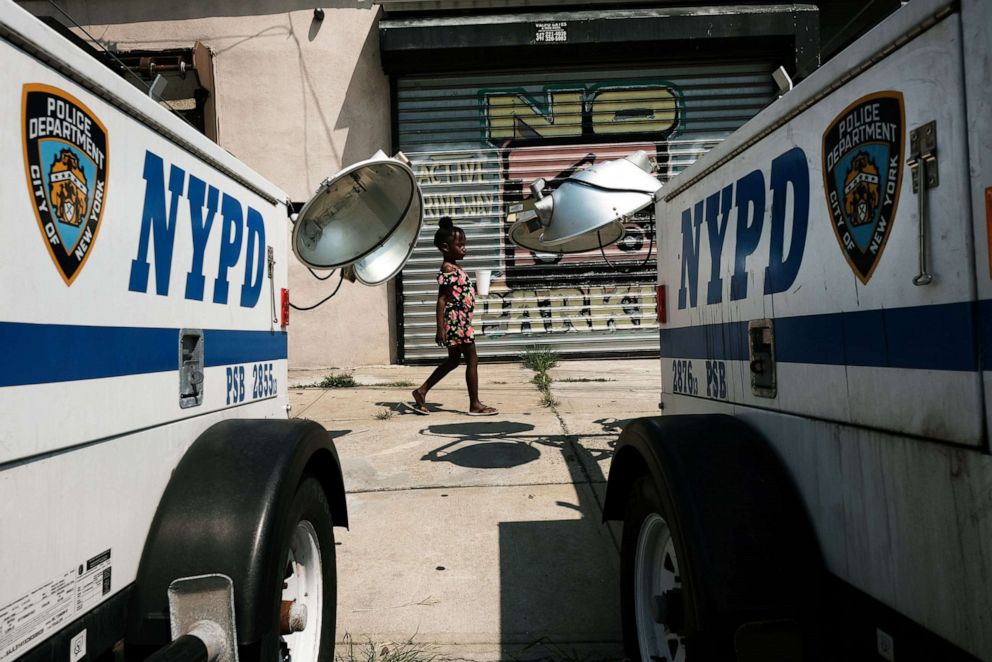
“Folks who don’t have those resources, don’t have the money for those resources and may not even know those resources exist, they’re going to call 911," Burkhalter said. “But once police get there, what are we trained to do? We’re trained to look for a crime. So I’m going to show up and the first question I’m going to ask is, 'Did he or she touch you?' And if they did, that’s harassment or that’s misdemeanor assault and under state law, you have to be arrested."
Burkhalter said that numerous arrests happen on the streets in communities saturated by police officers due to high crime. He said that when he was a patrol officer, he called arrests in such communities "the low-hanging fruit of law enforcement," adding that many of the arrests were for possession and use of narcotics.
"As you look at the statistics of who was arrested for drug possession and those types of crimes … you would think that only Black folks and Hispanic folks use drugs. And that's not true," Burkhalter said.
Marc Mauer, executive director of The Sentencing Project, a nonprofit research and advocacy center working to address racial disparities in the criminal justice system, said that while stop and frisk ended six years ago, that doesn’t necessarily change the allocation of law enforcement officers around the city.
"So it’s quite likely the same low-income minority communities where stop and frisk was basically taking place still might have roughly the same allocation of officers there," Mauer told ABC News. "They’re doing a variety of things, they’re just not doing stop or frisks anymore."
Mauer said that there used to be an unspoken understanding in police departments that crime in poor minority communities was less of a concern unless it spilled over into more affluent neighborhoods.
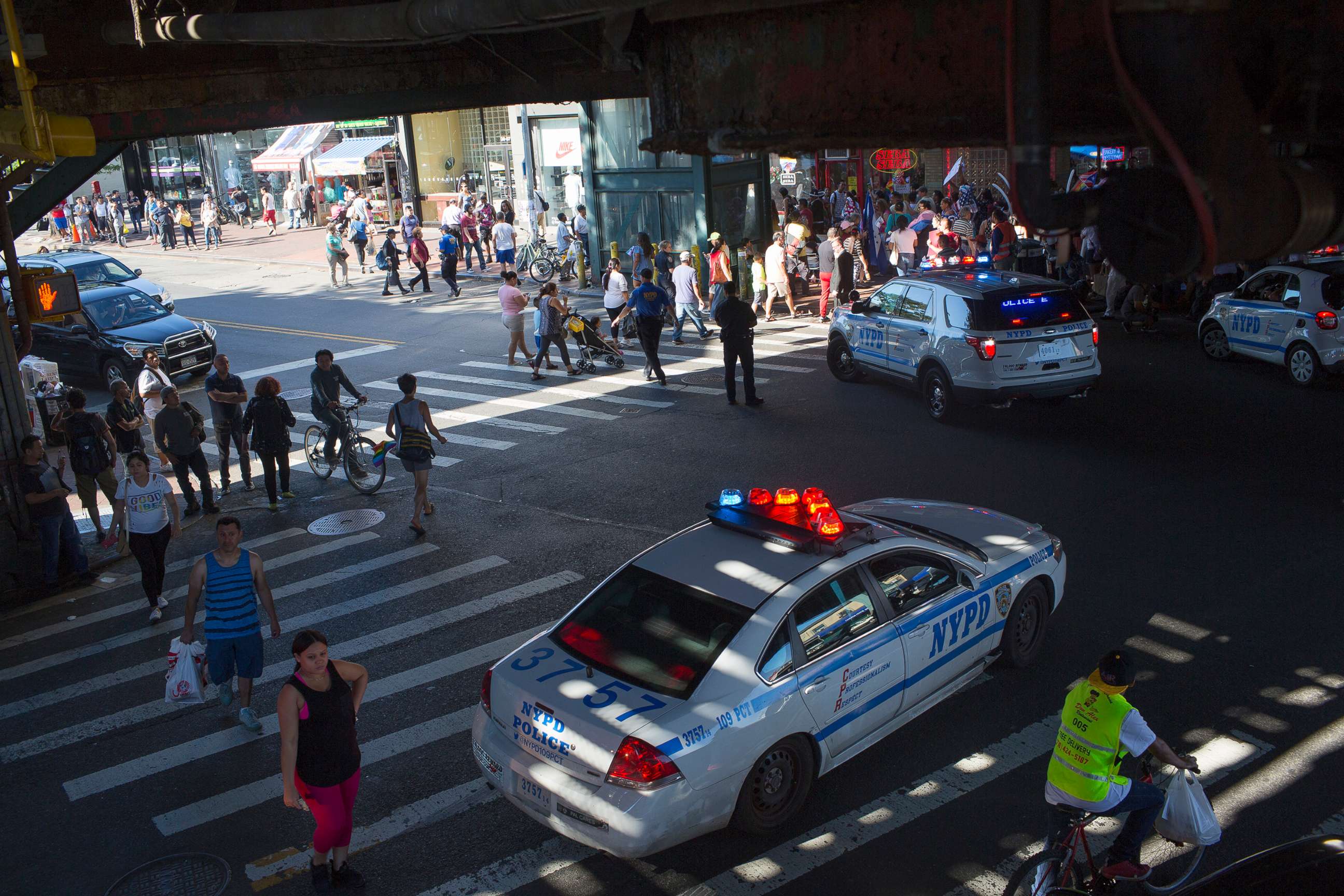
“For a very long time, the problem of policing in minority communities was not over-policing but under-policing. People in every Black neighborhood in New York and every other city would call the police and be very frustrated that they got very little response, whether it was domestic violence, or shoplifting, or anything else," Mauer said. "Now there’s often a very heavy presence of police, but that heavy presence has contributed to these enormous racial disparities that we see in the justice system and that goes above and beyond any increase involving crime in those communities."
'Good news, bad news'
Mauer said besides having a detrimental impact on the employment and education opportunities of young minority people who get caught up in the justice system, the disproportionate arrests of Black and Hispanic people breed mistrust of the police.
"Police can’t promote public safety on their own. It only works if they have a strong relationship with the community," Mauer said. "Most crimes aren’t committed with a police officer observing them in action. So if you want to get information that a crime has happened, identification of the alleged perpetrators, you have to have people who have confidence in the police that they will respond, that they will do it in a fair way and that they demonstrate concern for public safety."
He said the NYPD and other large law enforcement agencies across the country have taken steps over the past two decades to rebuild trust in neighborhoods of color by hiring and promoting more minority officers and emphasizing community policing. A big initiative of Mayor de Blasio, community policing is a strategy that focuses on building ties and working closely with members of the communities.
"We see much greater diversity on the force and in leadership as well in police agencies," he said.
Mauer said that overall he views the NYPD arrest data as “a good news-bad news situation."
"The bad news is apparently the Black proportion of arrests has hardly budged at all," he said. "While the good news is that if arrests are down by roughly half in New York, then that means that only half as many African Americans are being arrested as well as for other racial groups, too."
But Ann Mathews of The Bronx Defenders said that while she welcomes police reform efforts, "what is clear is what they haven't brought to date is unbiased policing.”
Mathews said piecemeal changes police have instituted usually when there is a crisis or when political pressure forces revisions are akin to "a Band-Aid approach" that doesn't begin to address the cancer of systemic racism.
“If the whole body is ailing you can stick as many Band-Aids on it as you want and they may do some good," she said, "but they’re not going to cure the whole body."




